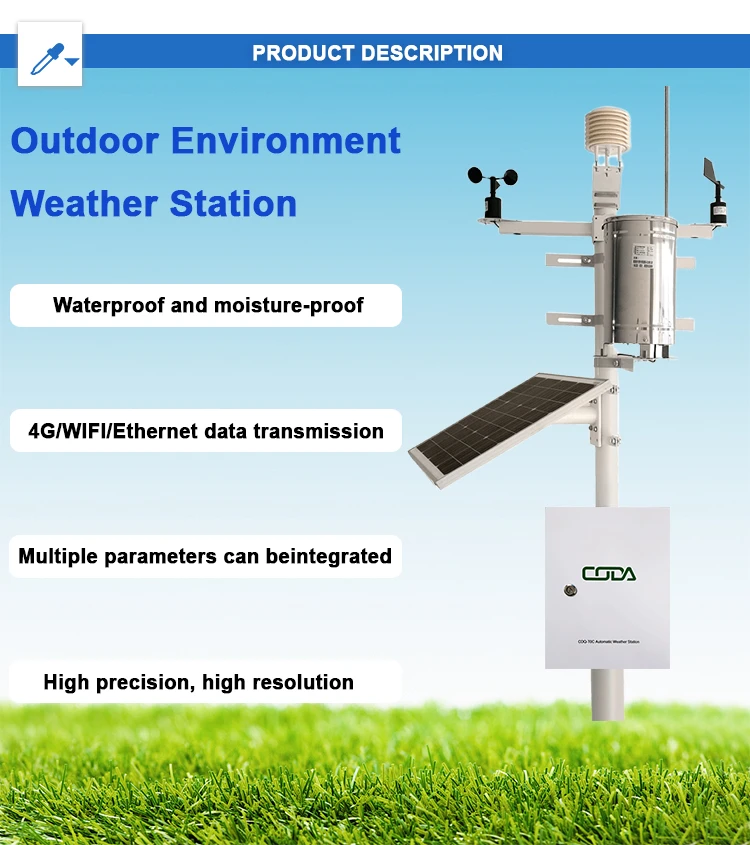
# Automatic Weather Station: Definition and Functionality
## What is an Automatic Weather Station?
An Automatic Weather Station (AWS) is a system designed to collect meteorological data without human intervention. These stations are equipped with various sensors that measure atmospheric conditions such as temperature, humidity, wind speed and direction, rainfall, barometric pressure, and solar radiation. The collected data is then transmitted to a central database or displayed locally for analysis and forecasting purposes.
## Key Components of an Automatic Weather Station
An AWS typically consists of several essential components:
– Sensors: These measure various weather parameters
– Data logger: Records and stores the collected data
– Power supply: Usually solar panels or batteries
– Communication system: Transmits data to a central location
– Mounting structure: Supports and positions the sensors
## How Does an Automatic Weather Station Work?
The functionality of an AWS can be broken down into three main processes:
### 1. Data Collection
Various sensors continuously monitor environmental conditions. For example:
– Thermometers measure air temperature
– Hygrometers measure humidity
– Anemometers measure wind speed and direction
– Rain gauges measure precipitation
– Barometers measure atmospheric pressure
### 2. Data Processing
The data logger processes the raw sensor data, converting it into usable measurements. It may also perform quality control checks to ensure data accuracy.
### 3. Data Transmission
Processed data is transmitted at regular intervals (often hourly or more frequently) via:
– Cellular networks
– Satellite communication
– Radio transmission
– Wired connections
## Applications of Automatic Weather Stations
AWS systems serve numerous purposes across various sectors:
– Agriculture: Helping farmers make informed irrigation decisions
– Aviation: Providing real-time weather data for flight operations
– Research: Supporting climate studies and environmental monitoring
– Disaster management: Early warning systems for severe weather events
– Urban planning: Microclimate analysis for city development
## Advantages of Automatic Weather Stations
Compared to traditional manual weather stations, AWS offer several benefits:
– Continuous operation (24/7 data collection)
– Reduced human error in measurements
– Remote monitoring capabilities
– Faster data transmission and processing
– Ability to operate in harsh or inaccessible locations
## Challenges and Considerations
While highly useful, AWS systems do present some challenges:
– Maintenance requirements for sensors and equipment
– Potential for data gaps during power outages
– Need for proper calibration to ensure accuracy
– Initial investment costs can be significant
– Cybersecurity concerns for networked systems
## Future Developments in AWS Technology
The field of automatic weather monitoring continues to evolve with:
– Integration with IoT (Internet of Things) technologies
– Improved energy efficiency and battery life
– Enhanced sensor accuracy and durability
– Advanced data analytics and machine learning applications
– Miniaturization of components for portable solutions
Automatic Weather Stations have revolutionized meteorological data collection, providing reliable, real-time information that supports decision-making across numerous industries. As technology advances, these systems will become even more precise, accessible, and integral to our understanding of weather patterns and climate change.
Keyword: what is automatic weather station